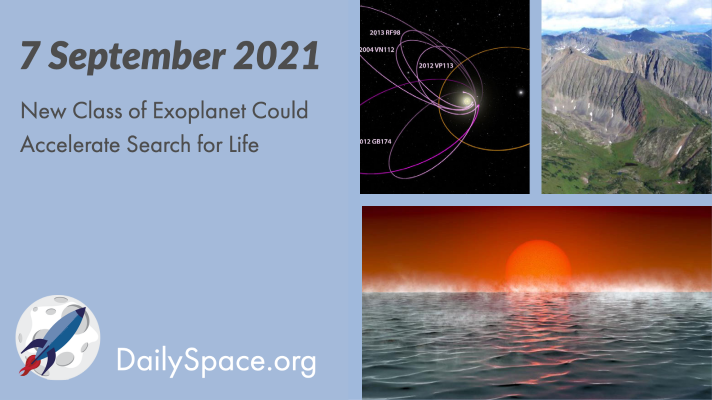
Sep 8, 2021 | Asteroids, Astrobiology, Climate Change, Daily Space, Earth, Exoplanets, Galaxies, Mars, Neutron Stars / Pulsars, Our Solar System, Perseverance, Supermassive Black Holes, Supernovae, Very Large Array
Hycean worlds have hydrogen-rich atmospheres and are covered in oceans, making them prime candidates for the search for life outside our own solar system. These worlds are also more numerous and easier to find than Earth-like exoplanets. Plus, an update on the search for Planet 9 and how volcanoes may provide a climate safety valve.
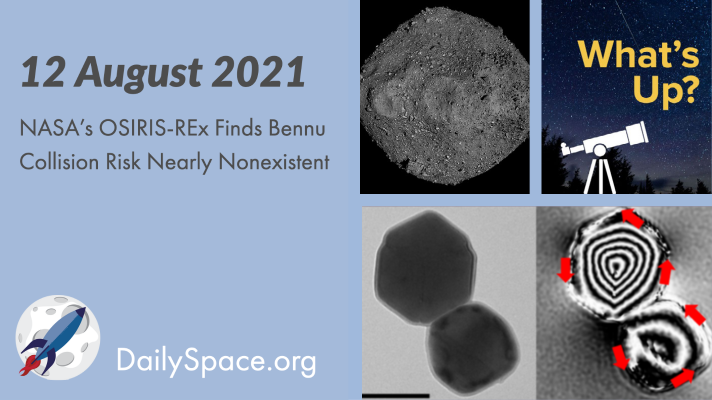
Aug 13, 2021 | Asteroids, Daily Space, Earth, ESA, Exoplanets, OSIRIS-REx, Our Solar System, Sky Watching, Spacecraft, Stars, Venus
After careful analysis of orbital data, gravitational forces, and several other factors, NASA’s OSIRIS-REx team calculated the risk of a collision with near-Earth asteroid Bennu to be 0.057% through 2300. Plus, magnetites in meteorites reveal solar system history, and the constellation Ophiuchus is What’s Up.
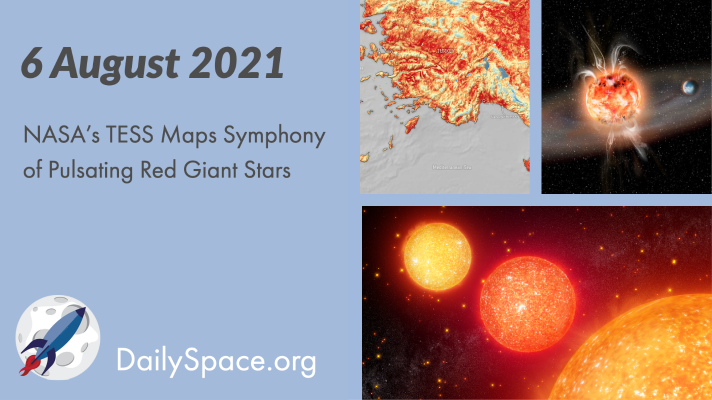
Aug 9, 2021 | Climate Change, Daily Space, Earth, Exoplanets, Neutron Stars / Pulsars, Planetary Nebulae, Stars, Supernovae
NASA’s TESS spacecraft, which is primarily used to search for exoplanets, has now observed a veritable symphony of pulsating red giant stars, each with its own internal vibrations. This work was presented at this week’s TESS Science Conference. Plus, some more climate change news (bad) and superflares may be less harmful to exoplanets than thought (good).
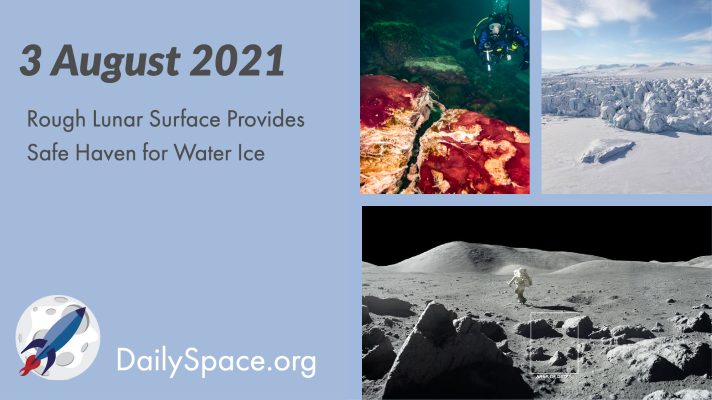
Aug 4, 2021 | Climate Change, Daily Space, Earth, Exoplanets, Moon, Observatories
Last year’s announcement that water ice had been found on the dayside of the Moon by the SOFIA observatory prompted scientists to understand just why that could work, and they found that the Moon’s rough surface creates frost pockets. Plus, all the climate change news over the millennia (Pamela’s back, everyone!).
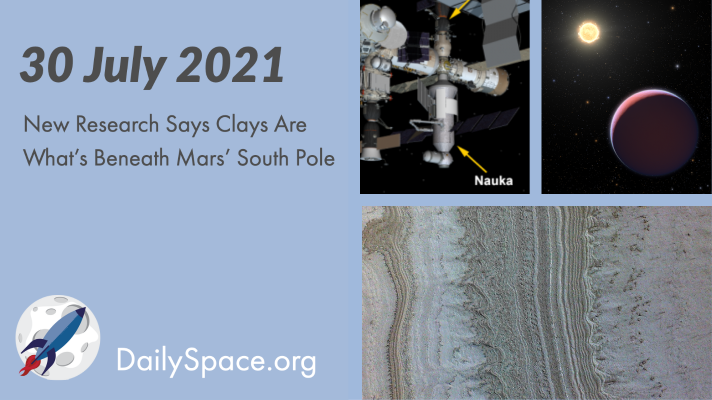
Aug 2, 2021 | Climate Change, Crewed Space, Daily Space, Earth, Exoplanets, Mars, Spacecraft
Continuing the ongoing saga of just what is under the Martian south polar ice caps, new research has once again analyzed radar data, and this time, scientists find that clays known as smectites are responsible for the bright reflections once thought to be subsurface lakes. Plus, drama with an ISS docking and some more oddball exoplanets to round out the week.
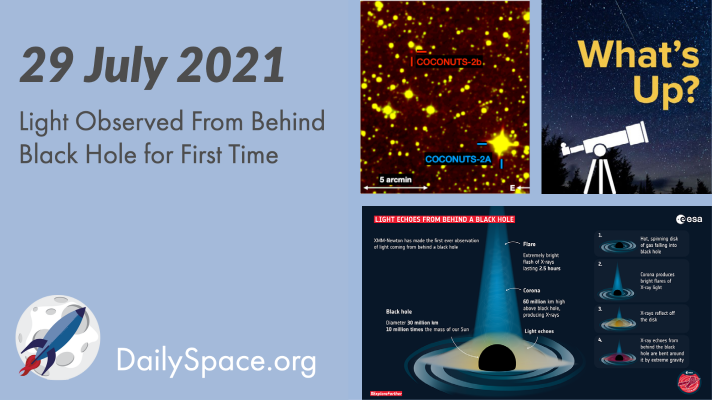
Jul 30, 2021 | Daily Space, Exoplanets, Physics, Sky Watching, Supermassive Black Holes
Once again, science has proved Einstein’s theories correct. This time, observations taken with ESA’s XMM-Newton and NASA’s NuSTAR space telescopes have seen x-ray flashes bent from behind a black hole. Plus, so many exoplanet stories (Beth was left in charge) and this week’s What’s Up.








 We record most shows live, on Twitch. Follow us today to get alerts when we go live.
We record most shows live, on Twitch. Follow us today to get alerts when we go live.